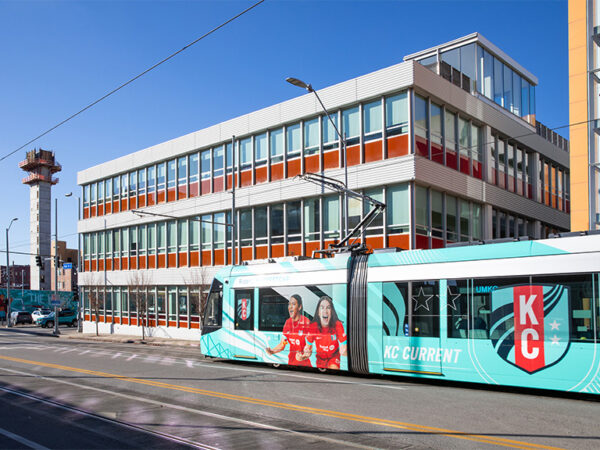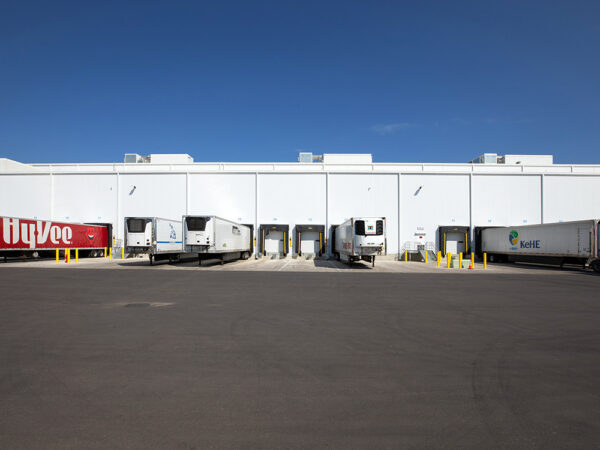The Summer 2025 State of Space Report is a snapshot of the current Kansas City office market and provides detailed information that is useful for both owners and occupiers of office space throughout the Kansas City metropolitan area.
Office Space In Transition, Who’s Winning In The Hybrid Work Era?
In the face of evolving workplace dynamics, U.S. office space is undergoing a seismic shift. The pressures of hybrid work adoption and elevated capital costs are driving a notable contraction in tenant footprints, delaying expansion plans, and tenants prioritizing plug-and-play spaces. This new reality has created a clear divide in the market, distinguishing between assets and submarkets that are thriving—and those that are not.
Post-pandemic office dynamics are no longer dictated by cyclical trends alone. Structural shifts are leading tenants to rethink how much space they need—and what that space should deliver. As a result, it is becoming increasingly clear that office buildings can be characterized into two distinct categories:
– Assets that are winning
– Assets that are increasingly obsolete
Winning assets that continue to see strong demand and positive momentum are well located, in a mixed-use, amenity-rich environment in both the urban core and suburban hubs such as the Aspiria Campus and Park Place.
Increasingly obsolete buildings are often located in an amenity desert, with little to zero surrounding retail, restaurants, and professional services. The availabilities in these buildings tend to require a capital-intensive overhaul to meet the needs of modern tenants which, depending on the debt situation and occupancy, can effectively eliminate the Landlord from competition with other, more modern buildings with plug-and-play suites available.
The winners in today’s office market are those who have adapted quickly and strategically. They are in locations that people want to be in. They offer buildings that support how people want to work. And they understand that in a hybrid world, the office must earn the commute. While challenges remain, opportunity abounds for those who can meet the market with innovation, insight, and agility.
GSA Cuts Create Uncertainty, But Kansas City Office Market Holds Steady
The Department of Government Efficiency’s quest to increase efficiency and eliminate governmental waste across the country has raised concerns among landlords who lease space to government agencies. Whether it’s industrial buildings or office towers, no property with government tenants appears immune to potential cuts. In the Kansas City region, approximately 30,000 federal employees occupy around 6.3 million square feet of office space—of which roughly 4.3 million square feet is leased. This makes the Kansas City market particularly vulnerable should the General Services Administration (GSA) decide to terminate a significant number of leases.
However, despite the scale of government occupancy, only a limited number of Class A or B buildings would be significantly impacted by such lease terminations. Most buildings housing GSA tenants would not face destabilization if a lease were canceled. As of April 2025, only a small number of leases have been officially terminated. In fact, some previously slated terminations have had their notices rescinded, offering cautious optimism for building owners.
Kansas City’s Office Market Navigates Ongoing Challenges
While the results of the ongoing disruption in the economy, both long-term and short-term, remain unrealized, Kansas City’s office market is exhibiting cautious optimism. Some components of this optimism include:
– Three consecutive quarters of positive absorption totaling 269,465 SF
– Decrease in vacancy to 16.4%
– Continued steady rental rate increases, average asking rate now $22.97/SF
Many submarkets have also surpassed their pre-pandemic leasing activity, such as Downtown/Crown Center, South Kansas City, Eastern Jackson County and North Johnson County. While there is continuing macroeconomic uncertainty across the U.S., Kansas City has positively persisted. Looking ahead, as we continue to see a heavy focus on Class A, highly amenitized office buildings, and with limited new construction on the horizon, there remains ample opportunity for these market fundamentals to continue to trend in a positive direction.



